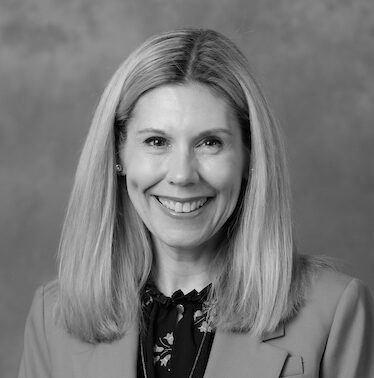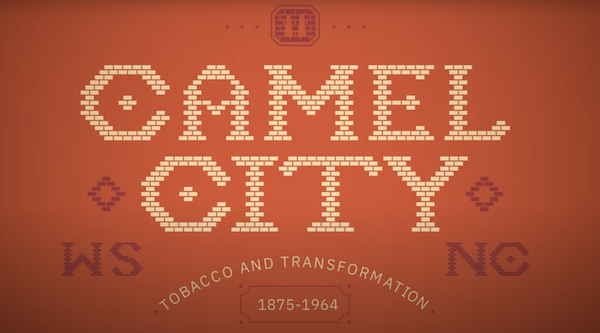
On a rainy morning earlier this week, Wake Forest Magazine got a sneak peek into “Camel City: Tobacco and Transformation, 1875-1964,” an exhibition at Reynolda House Museum of American Art that opens this Saturday, Aug. 16, and runs through Jan. 4.
Timed with the 150th anniversary of R.J. Reynolds Tobacco Co., the show traces the history of this pioneering industrial and advertising juggernaut that quickly catapulted into the Fortune rankings of U.S. corporate giants. For many years, Reynolds was the only Southern company in that stratosphere, and it transformed Winston-Salem into North Carolina’s most populous city in the 1920s.
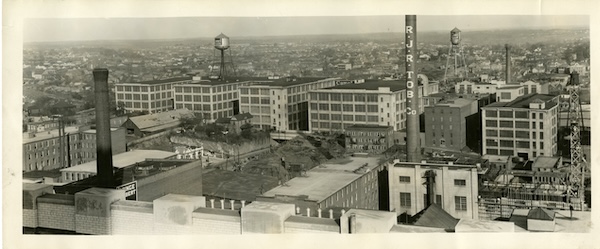
As Allison Perkins, executive director for Reynolda House and the University’s associate provost for Reynolda House & Reynolda Gardens says so well: “We are peeling back layers of history to reveal the profound, often challenging, impact of industry in the shaping of community, economy and culture. … More than history, these stories present opportunities for conversation about who we were, and who we are.”
Wake Forest’s history is interwoven with that of Reynolds, of course, and we were drawn to the details of our story in the narrative near the exhibit’s end: “The year 1964 marked two major events in the Reynolds story: the Surgeon General’s report on ‘Smoking and Health,’ a shocking brief on tobacco’s dangers, and the incorporation of Reynolda House as a nonprofit dedicated to the arts and higher education. The R.J. Reynolds Tobacco Company revitalized an entire region through industry. Its two leading families — the Reynoldses and the Grays — planted the seeds for a second transformation. In 1941, Bowman Gray’s heirs lured the Wake Forest Medical School to Winston-Salem. In 1946, as president of the Z. Smith Reynolds Foundation, Will Reynolds offered an annual grant of $350,000 to relocate the remainder of the college. Mary Reynolds Babcock and her husband Charlie Babcock contributed more than 600 acres of the Reynolda estate for a new campus. Thus began a new era of prosperity as the region’s largest employer shifted from the tobacco industry to Wake Forest University.”
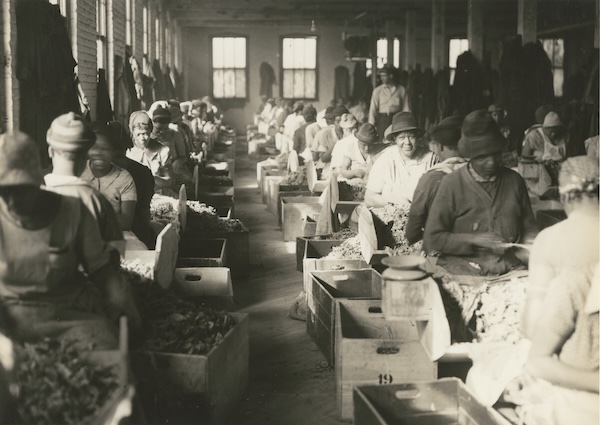
Many other fascinating threads that make up the cultural tapestry of the 20th century are interwoven masterfully by Phil Archer (’95, MBA ’05), Reynolda’s deputy director, and Bari Helms, archivist, who are co-curators. They drew primarily on loans from the Reynolds company. We were amazed by the archival photo showing the “Camel Cigarette Nursery,” where uniformed attendants watched over employees’ babies napping in side-by-side cribs. There were separate nurseries in the early 20th century for children of Black and white workers. “Neither nursery lasted long, but the idea of a Reynolds-provided daycare came in and out of favor throughout the company’s history,” the exhibit’s narrative says.
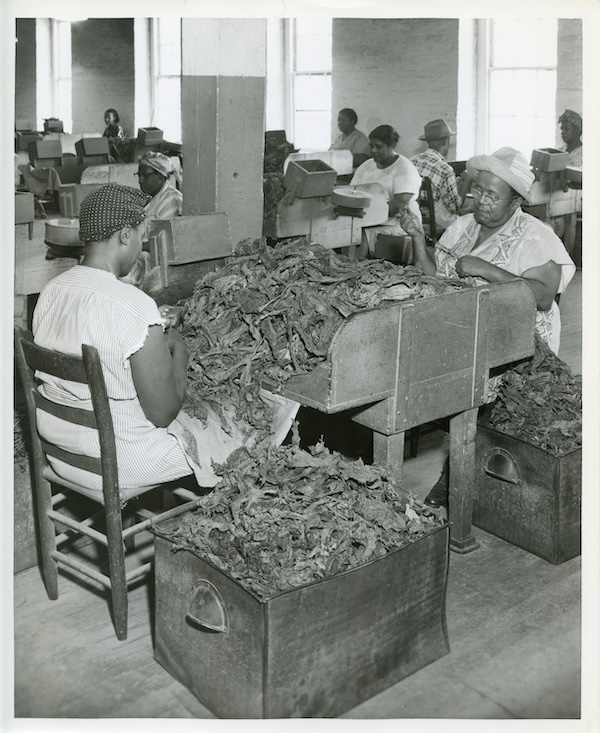
Even more powerful are photos of workers, mostly Black women, de-stemming tobacco leaves by hand, with the expectation that they would clear a box of tobacco every fifteen minutes. We learned from “Camel City” that the de-stemmers in 1943 refused to work in protest of the treatment of a sick widow accused of stemming too slowly. They both shut down production and also sparked the eventual unionization of Reynolds.
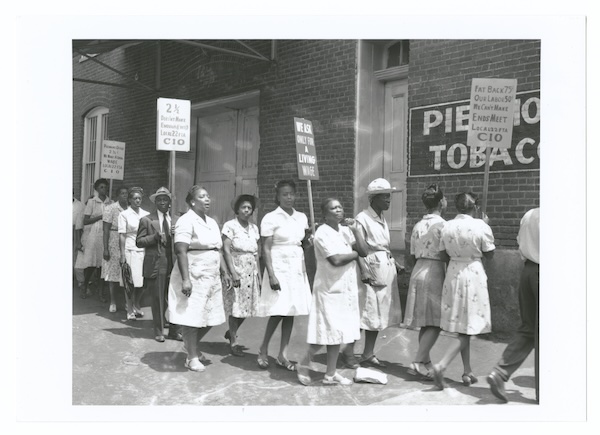
Did you know that Woody Guthrie was paid $100 in 1947 to sing for striking tobacco workers here? He wanted to perform for an integrated audience, but his request was denied. The exhibit says: “His experience prompted him to pen ‘Aginst th’ Law,’ a critique of oppressive authority and how even the mundane was outlawed in Winston-Salem.”
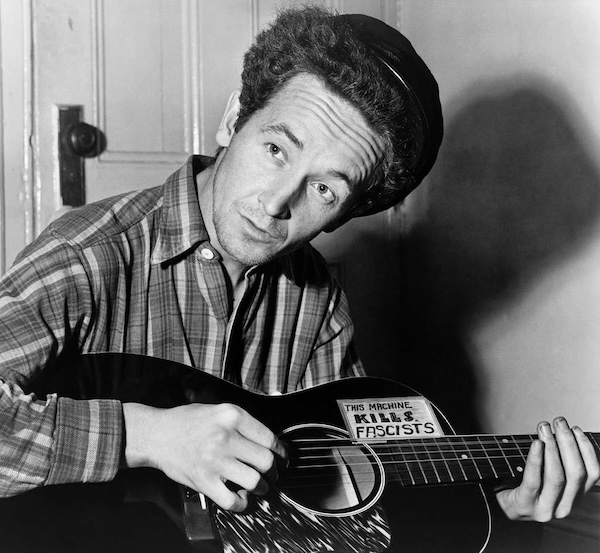
These are but a few of the fascinating pieces of history that “Camel City” brings to life. You can see a more complete description, a video and a few of the pieces included online. And if you’re planning a trip to campus this fall or winter, you may be interested in taking your own spin through “Camel City” or Reynolda’s related events.
“Diving into the story of Winston-Salem and R.J. Reynolds Tobacco Co. felt like finally piecing together a beautifully complex puzzle,” Archer says. “‘Camel City’ isn’t just about factories and fortunes; it’s a captivating journey through the artifacts that tell a surprisingly human tale of innovation, relentless ambition and the sheer grit of many individuals.”
